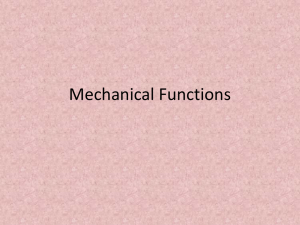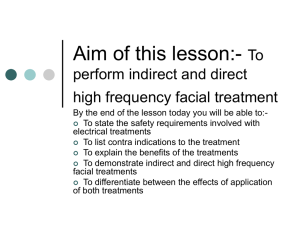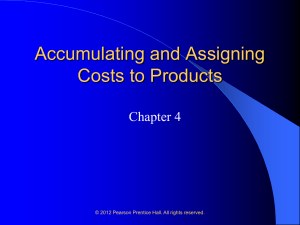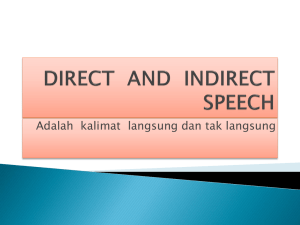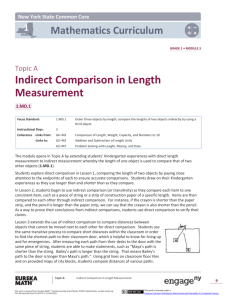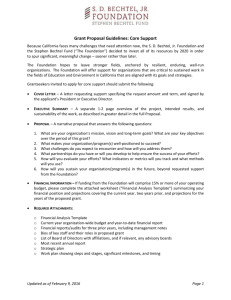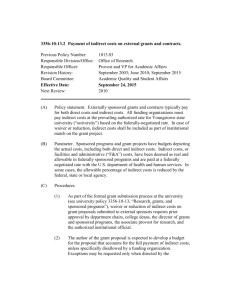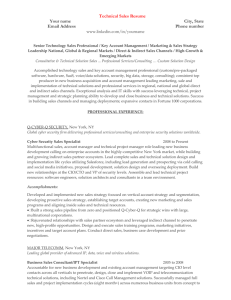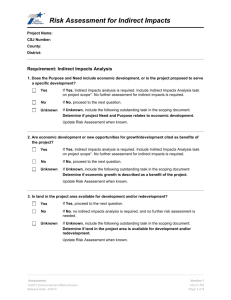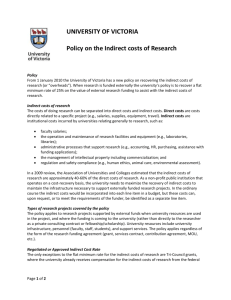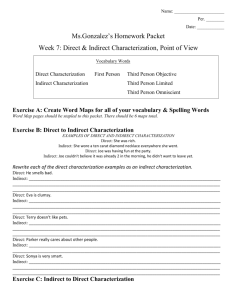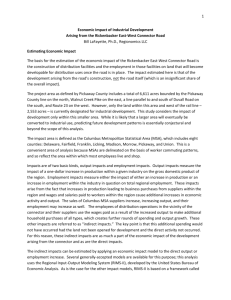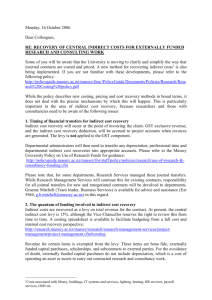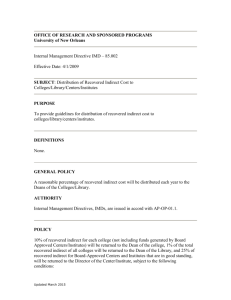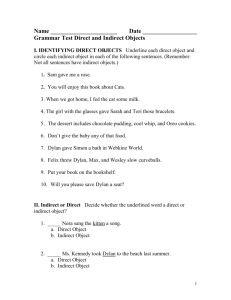UnitPlan_CoverLetter
advertisement
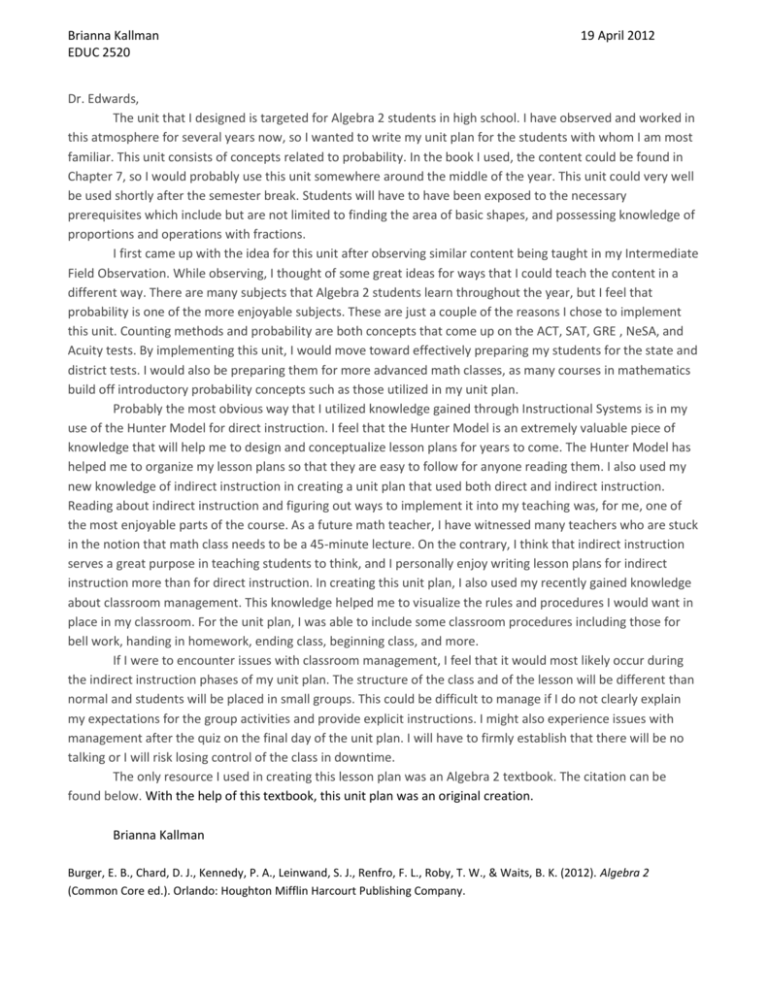
Brianna Kallman EDUC 2520 19 April 2012 Dr. Edwards, The unit that I designed is targeted for Algebra 2 students in high school. I have observed and worked in this atmosphere for several years now, so I wanted to write my unit plan for the students with whom I am most familiar. This unit consists of concepts related to probability. In the book I used, the content could be found in Chapter 7, so I would probably use this unit somewhere around the middle of the year. This unit could very well be used shortly after the semester break. Students will have to have been exposed to the necessary prerequisites which include but are not limited to finding the area of basic shapes, and possessing knowledge of proportions and operations with fractions. I first came up with the idea for this unit after observing similar content being taught in my Intermediate Field Observation. While observing, I thought of some great ideas for ways that I could teach the content in a different way. There are many subjects that Algebra 2 students learn throughout the year, but I feel that probability is one of the more enjoyable subjects. These are just a couple of the reasons I chose to implement this unit. Counting methods and probability are both concepts that come up on the ACT, SAT, GRE , NeSA, and Acuity tests. By implementing this unit, I would move toward effectively preparing my students for the state and district tests. I would also be preparing them for more advanced math classes, as many courses in mathematics build off introductory probability concepts such as those utilized in my unit plan. Probably the most obvious way that I utilized knowledge gained through Instructional Systems is in my use of the Hunter Model for direct instruction. I feel that the Hunter Model is an extremely valuable piece of knowledge that will help me to design and conceptualize lesson plans for years to come. The Hunter Model has helped me to organize my lesson plans so that they are easy to follow for anyone reading them. I also used my new knowledge of indirect instruction in creating a unit plan that used both direct and indirect instruction. Reading about indirect instruction and figuring out ways to implement it into my teaching was, for me, one of the most enjoyable parts of the course. As a future math teacher, I have witnessed many teachers who are stuck in the notion that math class needs to be a 45-minute lecture. On the contrary, I think that indirect instruction serves a great purpose in teaching students to think, and I personally enjoy writing lesson plans for indirect instruction more than for direct instruction. In creating this unit plan, I also used my recently gained knowledge about classroom management. This knowledge helped me to visualize the rules and procedures I would want in place in my classroom. For the unit plan, I was able to include some classroom procedures including those for bell work, handing in homework, ending class, beginning class, and more. If I were to encounter issues with classroom management, I feel that it would most likely occur during the indirect instruction phases of my unit plan. The structure of the class and of the lesson will be different than normal and students will be placed in small groups. This could be difficult to manage if I do not clearly explain my expectations for the group activities and provide explicit instructions. I might also experience issues with management after the quiz on the final day of the unit plan. I will have to firmly establish that there will be no talking or I will risk losing control of the class in downtime. The only resource I used in creating this lesson plan was an Algebra 2 textbook. The citation can be found below. With the help of this textbook, this unit plan was an original creation. Brianna Kallman Burger, E. B., Chard, D. J., Kennedy, P. A., Leinwand, S. J., Renfro, F. L., Roby, T. W., & Waits, B. K. (2012). Algebra 2 (Common Core ed.). Orlando: Houghton Mifflin Harcourt Publishing Company.







